Aluvihare Rock Temple
The Aluvihare Rock Temple (also known as Matale Alu Viharaya) is a sacred Buddhist temple in Aluvihare, Matale District, Sri Lanka. The Aluvihara cave temple, surrounded by hills, is located 30 kilometres north of Kandy on the Matale-Dambulla road. The Aluvihare Rock Temple can be traced back to the reign of King Devanampiyatissa in the third century B.C. After introducing Buddhism to the country during his reign, it is believed that the King built the dagoba, planted the Bo sapling, and founded the temple.
The Pali Canon was first written down completely in text on ola (palm) leaves at Aluvihare Rock Temple. Near this temple, there are numerous monastery caves, some of which have frescoes.
The Temple
The entrance to the Aluviharaya cave temple in Sri Lanka is a solid Pandal with a concrete arch that leads to a steep climb of stone steps leading to the Meda-midula — the frontage terrace. Then, ascend stone steps to the drip ledge rock caves.
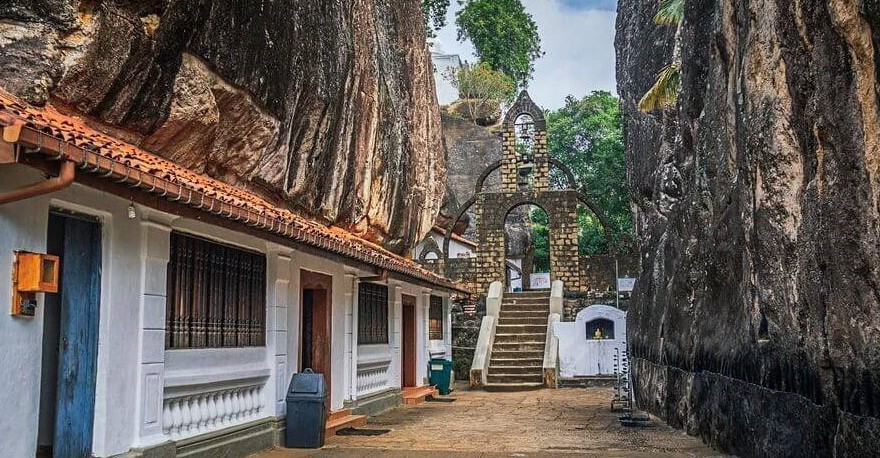
The Aluviharaya cave temple in Sri Lanka has a library with a gallery of antiques, including Buddhist statues made of clay, brass, and marble, some of which have been gold plated. There are also priceless Buddha statues from Siam, Cambodia, China, Japan, and Myanmar, as well as other archaeological artifacts.
The first cave is about 25 feet long and 10 feet high, and it was one of the locations where Buddhist monks wrote some of the old Thripitaka on Ola leaves in Pali. It is written in bold Sinhala letters on its apex that the Thripitaka was written during the reign of King Walagamba.
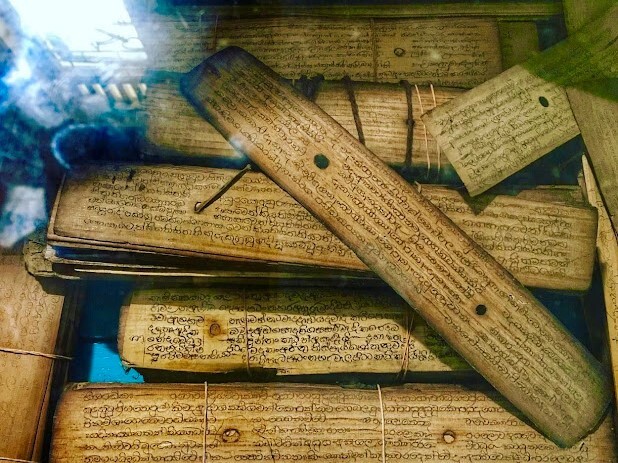
It’s a rock cave shelter that houses an Image House decorated in the traditional Makara Thorana style. There are also terra-cotta Buddha statues that are seated, standing, and recumbent, and the murals are decorated with paintings of Jathaka stories. The cave ceilings are covered in Kandyan period paintings. A spiral stone staircase leads to the top of the rock cave, where the Sacred Bo Tree stands serenely cloistering an image house. The third cave is encountered amid a conclave of rock boulders and houses another rock cave where the Thripitaka was written on Ola leaves by ancient Buddhist monks and a comfortable residence for modern-day Bhikkhus arriving from all four directions.
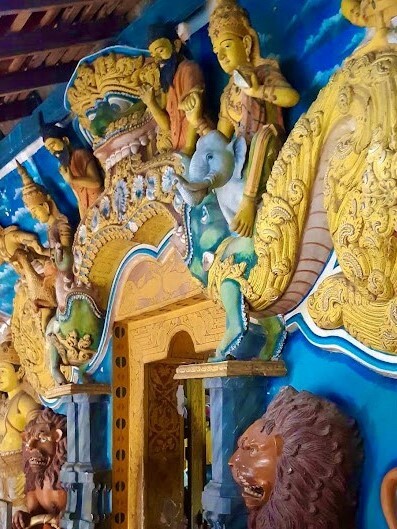
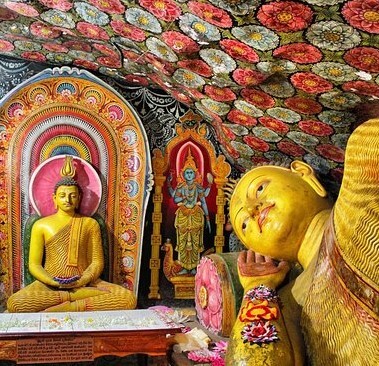
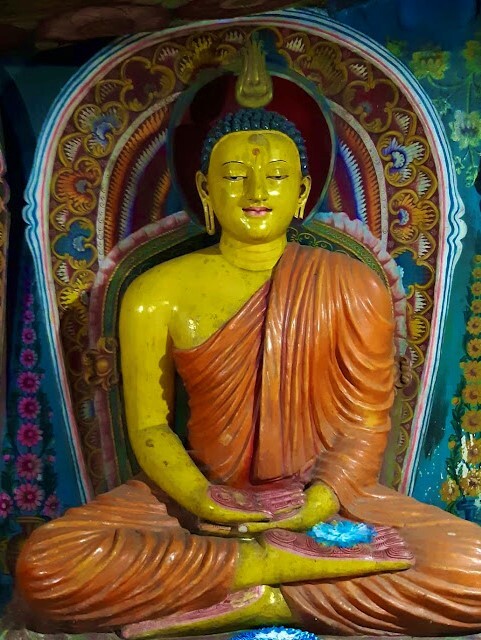
Popular Tourist Attractions Ticket prices